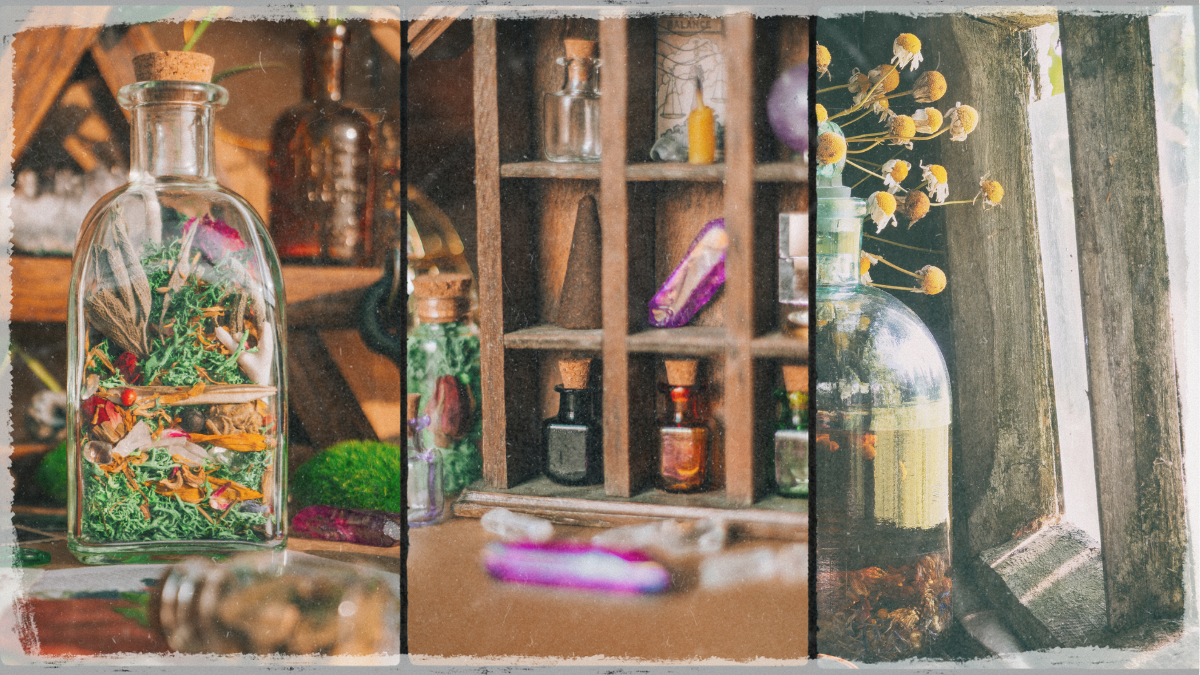Introduction: The Return of the Apothecary Lifestyle
There’s something undeniably enchanting about the word apothecary. It evokes images of wooden shelves lined with glass jars, the calming scent of dried herbs, and the timeless wisdom of nature’s medicine. In recent years, this ancient tradition has found its way back into modern homes. With wellness culture growing, more people are turning to herbalism, natural remedies, and holistic practices as an alternative or complement to conventional living.
But here’s the good news: you don’t need a centuries-old shop or formal herbal training to start your own apothecary. With just a few simple tools, a handful of versatile herbs, and some creativity, you can build a home apothecary that not only supports your health but also adds beauty and meaning to your daily rituals.
In this guide, we’ll walk through everything you need to know from the basics of setting up your apothecary to simple recipes, essential herbs, and aesthetic storage tips that will make your space Instagram and Pinterest worthy.
1. What Exactly Is a Home Apothecary?
At its core, a home apothecary is a personal collection of natural remedies, herbs, and wellness tools that you keep on hand for everyday use. Think of it as your holistic wellness cabinet—filled not with over-the-counter pills, but with teas, tinctures, balms, oils, and other natural solutions that have been trusted for centuries.
Traditionally, apothecaries were the heart of communities—places where people would seek advice, remedies, and blends crafted from local herbs. Today, a home apothecary allows you to become the caretaker of your own well-being, creating a personalized toolkit that blends practicality with ritual.
2. The Must-Have Tools and Materials
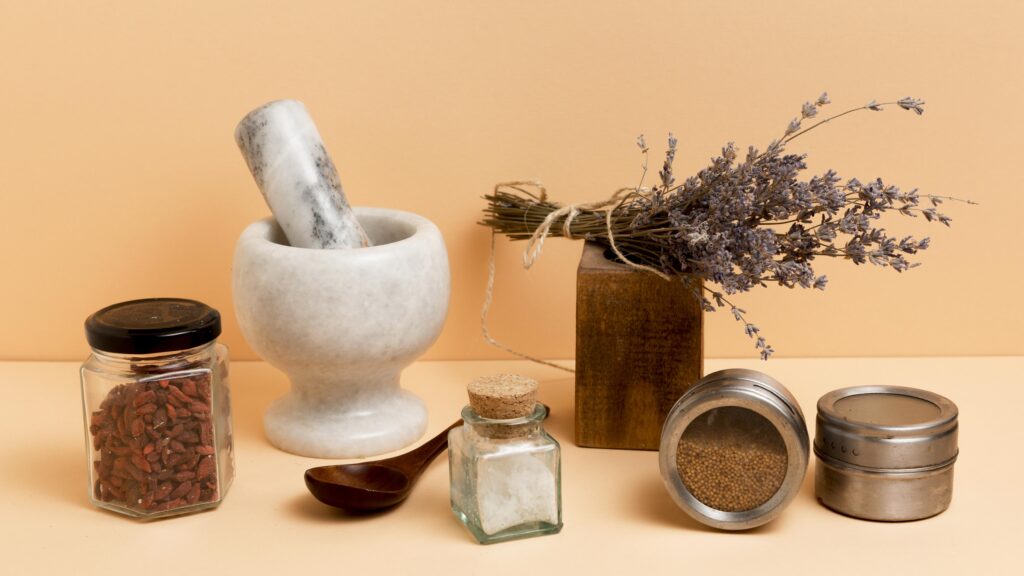
Before diving into herbs and recipes, let’s talk about setup. Building your apothecary isn’t just about what’s inside—it’s also about how you store and use it. Here are some essentials to start with:
- Glass jars (various sizes): Airtight jars for storing dried herbs, roots, and flowers. Clear jars look beautiful, but amber jars protect herbs from sunlight.
- Labels and markers: Essential for dating and identifying your herbs and creations (trust me, dried oregano and thyme look identical after 3 months!).
- Mortar and pestle: For grinding herbs into powders or releasing their oils.
- Tea infuser or French press: Easy ways to brew loose-leaf herbal teas.
- Small dropper bottles: Perfect for tinctures and infused oils.
- Beeswax & carrier oils (like olive, almond, or coconut): Base ingredients for making salves and balms.
- Muslin bags or cheesecloth: For straining herbs from liquids.
🪞 Pro tip: If you want your apothecary to double as home décor, choose glass jars with wooden lids, add handwritten labels, and arrange them neatly on open shelves. The visual charm will make you want to use your herbs daily.
10 Essential Herbs for a Beginner’s Apothecary
When starting out, don’t overwhelm yourself with dozens of exotic herbs. Begin with versatile, widely available plants that serve multiple purposes.
- Chamomile – Calming tea, soothing for digestion, sleep aid.
- Lavender – Relaxation, headaches, homemade bath salts.
- Peppermint – Energy boost, digestive support, cooling effect.
- Ginger – Nausea, immunity, circulation.
- Rosemary – Memory, hair health, culinary and medicinal uses.
- Calendula – Skin-healing salves, teas for inflammation.
- Echinacea – Immune support, cold prevention.
- Lemon Balm – Anti-anxiety, sleep support, light lemony flavor.
- Sage – Respiratory health, cleansing rituals.
- Turmeric – Anti-inflammatory, golden milk recipes.
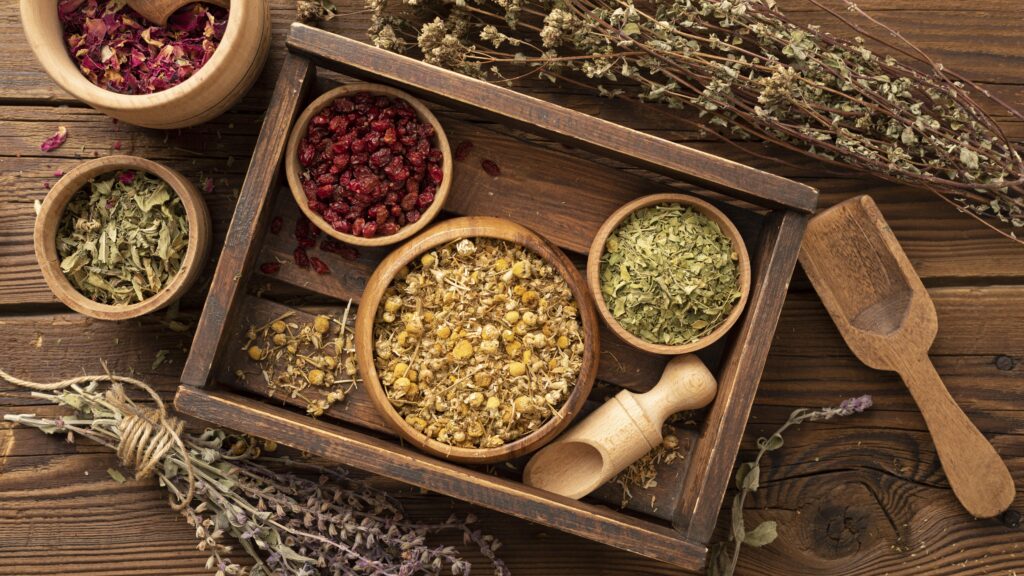
🌿 Tip for beginners: Start with 3–5 herbs and learn their properties deeply before expanding your collection.
4. Beginner-Friendly Apothecary Recipes
Here’s where the magic really begins. Turning those jars of herbs into remedies you can actually use.
✦ Calming Chamomile & Lavender Tea
Ingredients:
- 1 tbsp dried chamomile flowers
- 1 tsp dried lavender buds
- 1 cup boiling water
Steep for 5–7 minutes. Drink before bed for restful sleep.
✦ DIY Healing Salve
Perfect for minor cuts, dry skin, or chapped lips.
Ingredients:
- ½ cup olive oil infused with calendula
- 2 tbsp beeswax pellets
- Optional: a few drops of lavender essential oil
Melt oil and beeswax together, pour into a tin, and let cool.
✦ Ginger Tincture (Immunity Boost)
Ingredients:
- Fresh ginger root, chopped
- Vodka or brandy
Fill a small jar halfway with ginger, cover with alcohol, seal, and store in a dark place for 4–6 weeks. Strain into a dropper bottle. Take a few drops in water for immunity support.
5. Creating Aesthetic Apothecary Storage
Let’s be honest—half the joy of building an apothecary is the aesthetic. A well-organized apothecary not only keeps your herbs fresh but also makes you more likely to use them.
- Open shelving with uniform jars: Clean, minimal, and Pinterest-friendly.
- Rustic wooden cabinet: Vintage apothecary vibes.
- Label design: Use kraft paper, calligraphy, or printable vintage labels.
- Lighting: Warm fairy lights or candles to create a cozy ritual space.
Your apothecary should be functional but also feel like a sacred corner of your home.
6. Tips for Success as a Beginner
- Start small—master a handful of herbs before adding more.
- Keep notes: how you used each herb, how your body responded.
- Learn continuously—books, online herbalism courses, local workshops.
- Respect safety: natural doesn’t always mean harmless. Always research dosages and possible interactions.
- Incorporate rituals: brewing tea can become a mindful pause in your day, not just a health habit.
𖡼𖤣𖥧𖡼𓋼𖤣𖥧𓋼𓍊𖡼𖤣𖥧𖡼𓋼𖤣𖥧𓋼𓍊𖡼𖤣𖥧𖡼𓋼𖤣𖥧𓋼𓍊𖡼𖤣𖥧𖡼𓋼𖤣𖥧𓋼𓍊𖡼𖤣𖥧𖡼𓋼𖤣𖥧𓋼𓍊𖡼𖤣𖥧𖡼𓋼𖤣𖥧𓋼𓍊𖡼𖤣𖥧𖡼𓋼𖤣𖥧𓋼𓍊𖡼𖤣𖥧𖡼𓋼𖤣𖥧𓋼𓍊𖡼𖤣𖥧𖡼𓋼𖤣𖥧𓋼𓍊𖡼𖤣𖥧𖡼𓋼𖤣𖥧𓋼𓍊𖡼𖤣𖥧𖡼𓋼𖤣𖥧𓋼𓍊
Conclusion: Your Apothecary Journey Begins
Starting your own home apothecary is less about perfection and more about connection—connection with nature, with tradition, and with your own well-being. Each jar you fill and every remedy you create adds to a legacy of self-care rooted in centuries of wisdom.
You don’t need a huge budget or advanced knowledge. All you need is curiosity, a few versatile herbs, and the willingness to experiment. Over time, your apothecary will grow into a reflection of you—your favorite rituals, your health needs, and your personal style.
So go ahead, gather your jars, pick your first herbs, and begin. Your modern apothecary awaits.
✨ Want more recipes and guides? Join my newsletter for exclusive herbal blends, apothecary printables, and seasonal wellness rituals.
YOU MAY ALSO LIKE:
- 20 Journal Prompts for Emotional Clarity & Soft Spiritual Growth
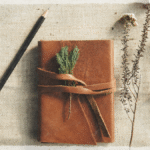
- Herbal Baths, Candles & Cozy Nights: Creating Your Evening Cottage Wellness Routine

- 🌿 Best Aromatherapy Recipes You Can Try: Boost Your Mood, Energy, and Calm
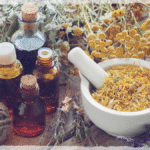
- Herbs for Protection: Ancient Magic for Modern Souls

- 🌿 Alfalfa (Medicago Sativa)



